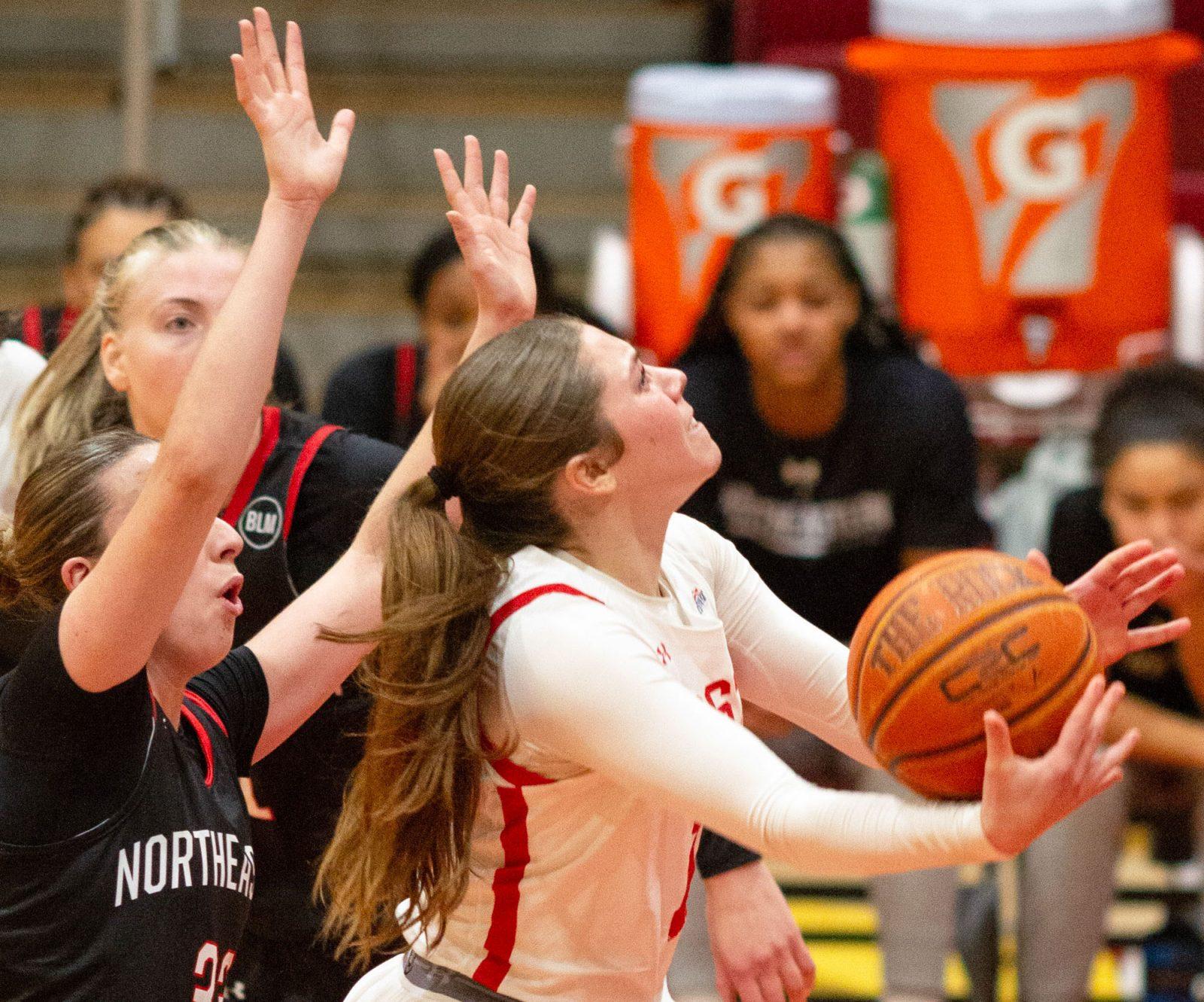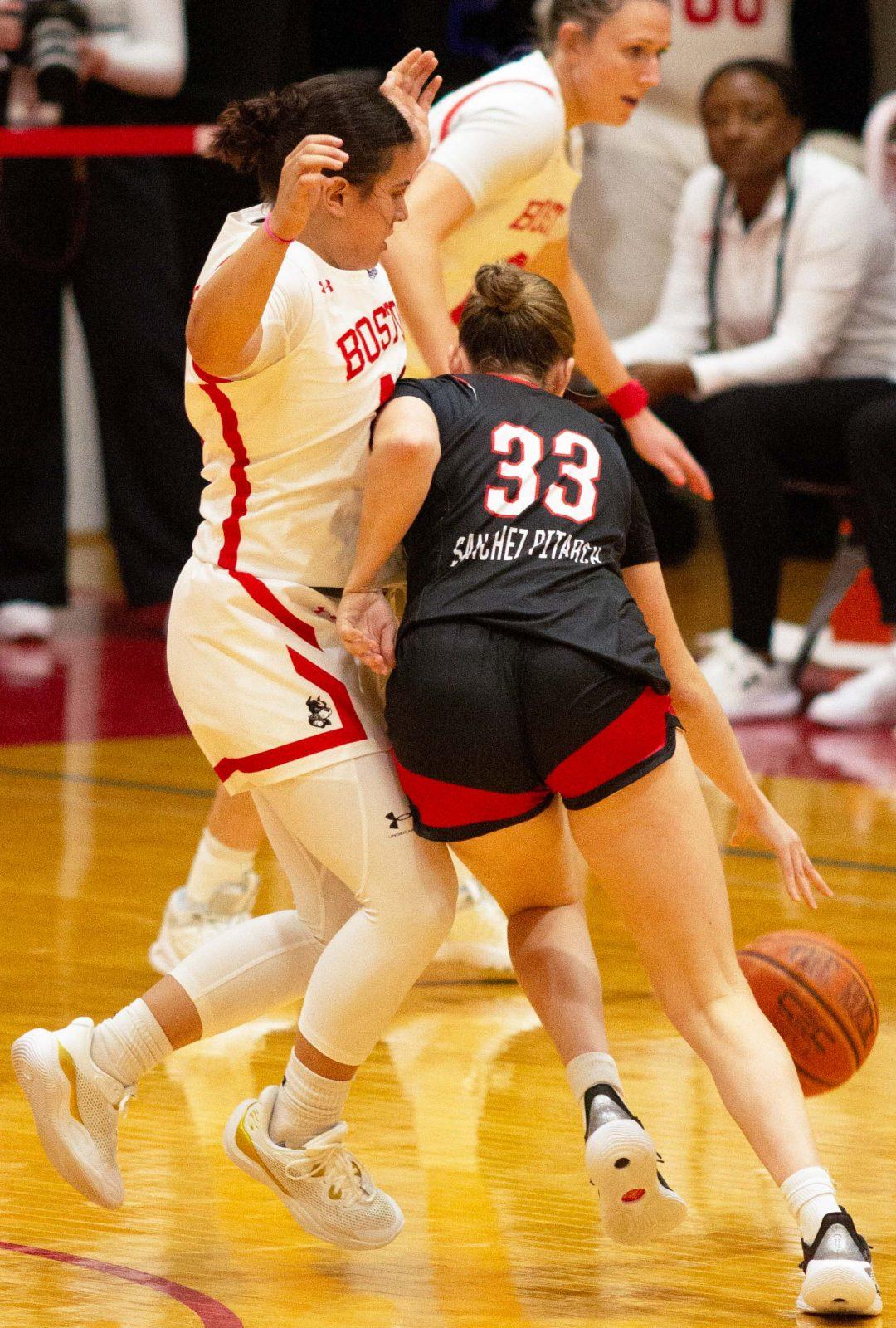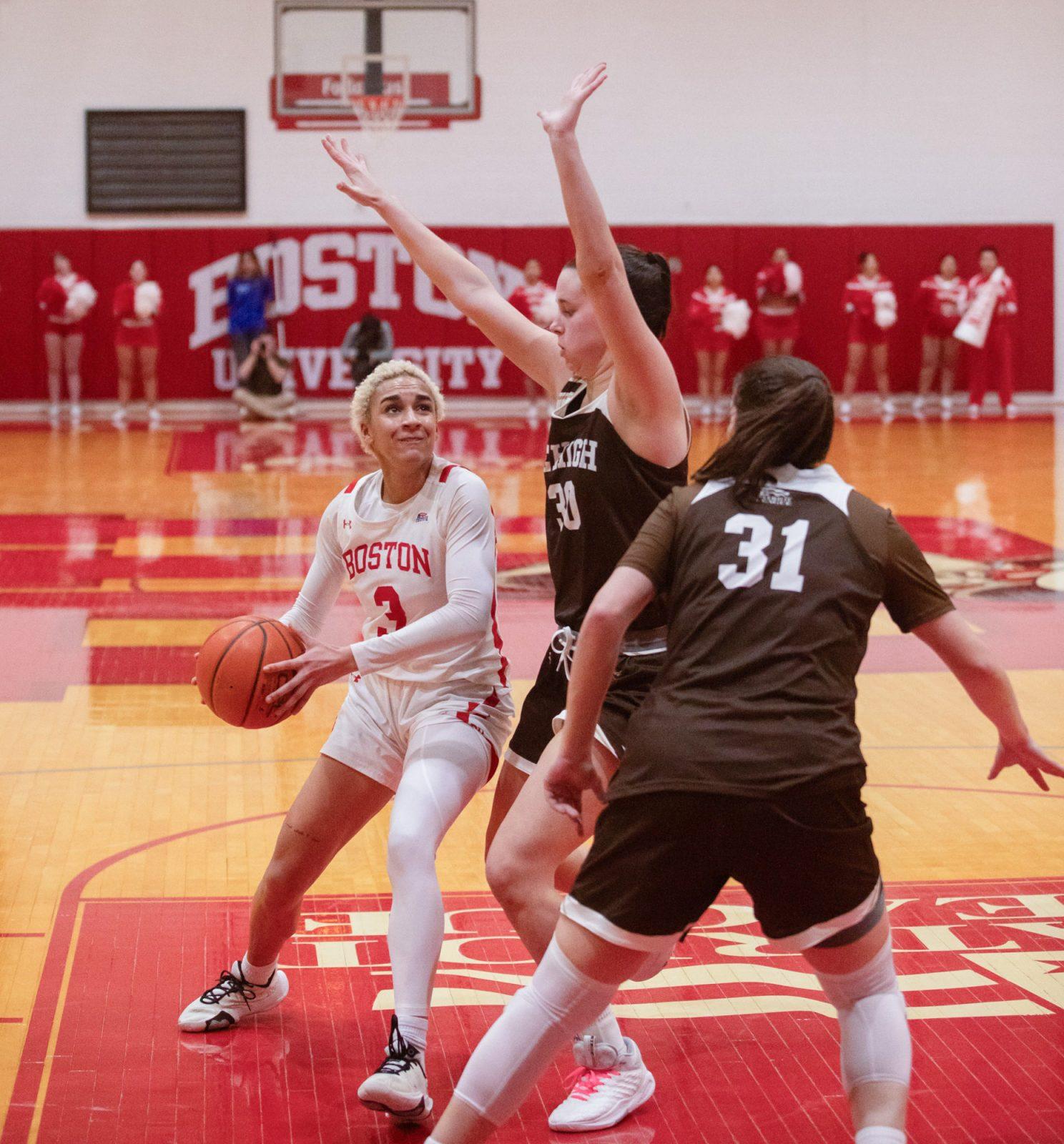Long the sport embodied by tough, hardworking and often unheralded student-athletes, the image of lacrosse was irreversibly changed on March 13, 2006. When Crystal Gail Mangum accused three members of the Duke University men’s lacrosse team of raping her at an off-campus team party, the result was an almost instantaneous conviction in the court of public opinion. Not only were the accused undoubtedly guilty, but their behavior was also deemed indicative of an epidemic within the sport itself.
At the time, lacrosse was not a game that was particularly well known to the majority of the country. While it had been a mainstay in the Northeast and Mid-Atlantic for years, a large percentage of the population was being introduced to the sport for the first time through the lens of the emerging scandal.
Suddenly, the niche sport that had long struggled to find airtime on ESPN was dominating the 24-hour news cycle on CNN. As a result, the emergence of lacrosse onto the national scene came via media vilifying the Duke lacrosse team for what appeared to be a racially driven gang rape.
As the alleged victim’s story became public, the Duke players were painted as bigoted and privileged. The players out of control antics were portrayed as typical within a sport dominated by upper class, entitled and overwhelmingly white jocks.
For those that longed for the growth of the sport they loved, like myself, the case was a nightmare. As lacrosse had grown exponentially at the youth and high school level, Title IX and other restrictions had long stunted expansion at the college level. Now, in light of the scandal, it seemed unlikely that men’s lacrosse would even be on the short lists of the few schools that did have available funds in their budgets. For a sport that had seemingly been on the verge of stepping into the light of the mainstream, the rapidly shifting perception of lacrosse players in general threatened to hammer it back into obscurity.
Of course, as we know now, Mangum’s story eventually wilted under the bright spotlight. When the evidence undeniably showed that her story was a complete fabrication, all charges against the three Duke players were dropped. However, in the 13 months that the trial had gone on, the sport of lacrosse was dragged through the mud. It remained to be seen if the growth of the game would be permanently stunted by its now tainted public image.
Now, almost six years removed from the initial accusations, most are overwhelmingly optimistic about the future of the sport of lacrosse. Not only has the game finally started to shed the unfair reputation gained by the Duke case, but statistics also back up the bold claim that lacrosse is the fasted growing sport in the country.
From 2010 to 2011 alone, the participation in boys’ lacrosse at the high school level rose 5.5 percent. While this is a respectable number in its own right, it pales in comparison to the growth of the game over the last decade. Amazingly, from 2001 to 2011, participation has risen 128.8 percent at the boys’ high school level. While most in this country would consider lacrosse to still be a fringe sport, the numbers tell us that there is a wave of players coming through the youth and high school programs right now who feel otherwise. As a result, the next evolution in the game must come at the NCAA Division I level in order to not only make room for them, but also afford them the same luxuries enjoyed by top athletes in other sports.
Last week, BU stepped forward as one of the major athletic programs willing to invest in the future of men’s lacrosse. The announcement to add a Division I men’s program for 2013-14 follows similar ones recently made by other high profile universities such as the University of Michigan and Marquette University. Overall, all three of these moves are indicative of a pivotal moment in the history of lacrosse. It is one thing for a small university to take a chance on a niche sport, but it is quite another for a brand name school to stake its reputation on a sport that not so long ago went from obscurity to prominence for all the wrong reasons.
On a number of levels, this move makes a lot of sense for the university. Without a football team acting as an anchor on the men’s side of the athletic budget, the sacrifices made to add lacrosse will not be quite as great as they would be at a school like Boston College, for instance. Also, the city of Boston and its surrounding towns can only be described as a hotbed for high school lacrosse. In a region where elite coaches do a large percentage of their national recruiting, BU will instantly enjoy the advantages of being the hometown team.
Basically, in comparison to most other start-up programs, the growing pains for the fledgling BU program should be minimal. Undoubtedly, the move to add men’s lacrosse was a calculated business decision that made both fiscal and logical sense.
However, for those involved with the sport, that matters little.
In 2006, current and former lacrosse players alike watched the news in horror, worrying that the sport we had worked so hard to push out of irrelevance would be stopped dead in its tracks by scandal. However, since then, the number of kids picking up a stick and falling in love with the game has only increased. Thankfully, schools like BU are not only taking notice of this, but have also shown themselves willing to invest in lacrosse’s future. As a result, the greatest sport on the planet continues to grow, not just in numbers, but in prominence as well.






















































































































Chavez • Feb 22, 2012 at 8:13 am
“However, in the 13 months that the trial had gone on…”
DNA testing cleared the entire team before Nifong made his first arrests. How in the world does the media permit an out-of-control DA to prosecute persons who have been proven innocent, for 13 months?
Nifong, Durham, and Mangum got a pass, because those they accused were members of an unpopular group.
That’s not a recommendation for either the media, or the American justice system.